(Dan Tri) - The Ho Chi Minh City People's Committee has just issued a decision approving the detailed planning project at a scale of 1/500 for the Can Gio coastal urban tourism area, Can Gio district. The total investment of the project is nearly 9 billion USD.
Accordingly, the location and boundary of the Can Gio coastal tourism urban area are in Long Hoa commune and Can Thanh town, Can Gio district. The project has a planning area of about 2,870 hectares, including 4 sub-zones A, B, C and DE, with a total population of nearly 230,000 people, capable of welcoming 8-9 million visitors per year.
The project's goal is to develop into a coastal tourism urban area, resort, smart city, high-tech services, housing and hotels.
Details of each sub-area, sub-area A is over 950ha wide, one side facing the East Sea (Dong Tranh estuary), one side facing Can Thanh town. This will be an ecological residential area associated with tourism services at the gateway to Can Gio coastal urban tourism area. According to the plan, sub-area A is divided into 8 areas, including 4 residential units and 4 functional areas.
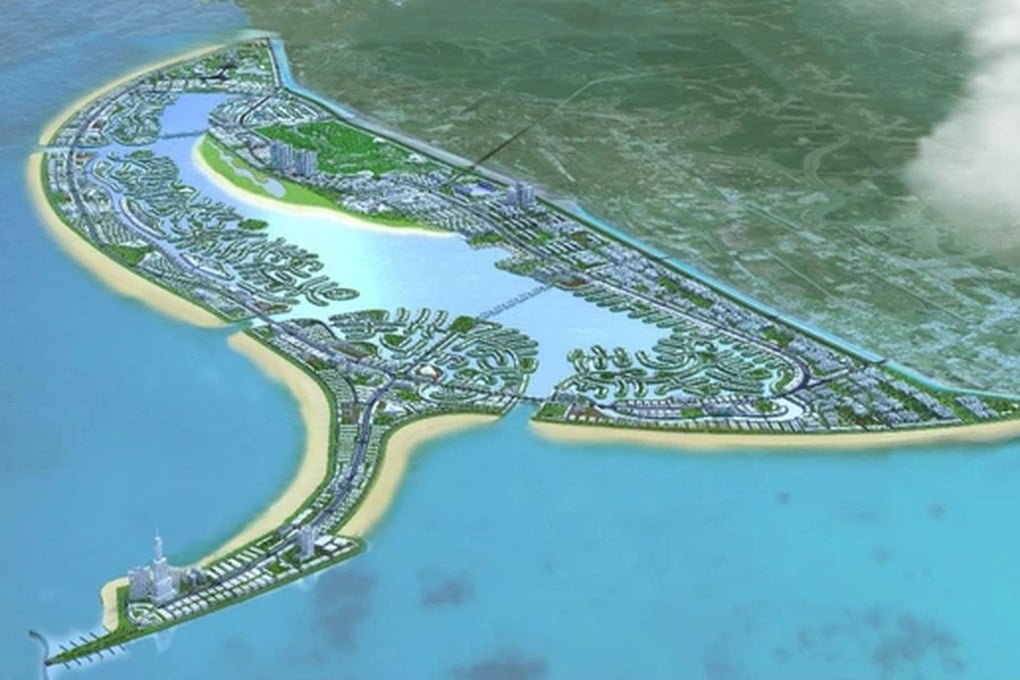
Perspective of Can Gio coastal urban area (Source: Investor).
Sub-area B has an area of over 659 hectares, is a residential area, a resort area, an urban public service and public works area (healthcare, education, administrative headquarters, trade services, offices...), an urban green area and a technical infrastructure hub and urban technical infrastructure system in the direction of a modern and smart city.
In subdivision B, it is divided into 4 residential units with a total expected population of 75,000 people and 1 functional subdivision which is a resort area with the orientation of developing into commercial service areas, tourism services combined with public service works.
Sub-area C of about 318 hectares is identified as the financial, economic, commercial, service, office and port center, a modern urban area including modern and civilized residential areas (townhouses, villas, high-rise buildings).
Zone C is divided into 6 residential units with a maximum total population of 41,364 people, including a mixed-use area (mixed land of 44-storey high-rise residential buildings) with a maximum population of about 8,315 people with the orientation of developing into a commercial service area, tourism services combined with a number of public service works.
Sub-area D is about 480ha and sub-area E is about 458ha (trees and water surface), including sub-area D which is a commercial center, high-class resort, modern urban area including residential areas (townhouses, villas) ensuring modern and smart criteria, and sub-area E is water surface, canals and trees used at urban level.
The highlight of the planning is that the mega project will have a 155-hectare golf course in area A and a 108-storey Hai Dang tower in area C, with high-rise residential, office and commercial service areas.
According to the decision to adjust the investment policy in June 2020, the project's investment scale was increased from 600ha to 2,870ha. The total investment capital is more than VND 217,050 billion (equivalent to nearly USD 9 billion), of which the owner's equity is nearly VND 33,000 billion. The project will operate for 50 years, with an implementation progress of 11 years.
Can Gio Urban Tourism Joint Stock Company is the investor, expected to implement the project from April 2025. This complex is expected to be completed in 2030.
Can Gio district is oriented to develop into a satellite city of Ho Chi Minh City, but the land fund for development is very limited, only about 1,730 hectares of urban land, of which 764 hectares of green land and scattered salt land can be used for investment and development.
Therefore, the investor believes that urban development encroaching on the sea will ensure land for development, avoiding impacts on the Can Gio biosphere reserve. The policy of developing towards the sea of Can Gio district has also been oriented and specified in the general planning of Ho Chi Minh City until 2025.
Can Gio is about 50km from the center of Ho Chi Minh City. Currently, there is a Rung Sac road connecting the existing Binh Khanh urban area with the planned Can Thanh urban area. In addition, the beltway connecting Nha Be - Can Gio - Nhon Trach - National Highway 51 - Long Thanh International Airport will create conditions for Can Gio to be linked with the general development axis of the urban area.
Source: https://dantri.com.vn/bat-dong-san/tphcm-duyet-quy-hoach-chi-tiet-khu-do-thi-lan-bien-can-gio-hon-2870ha-20250125160601002.htm


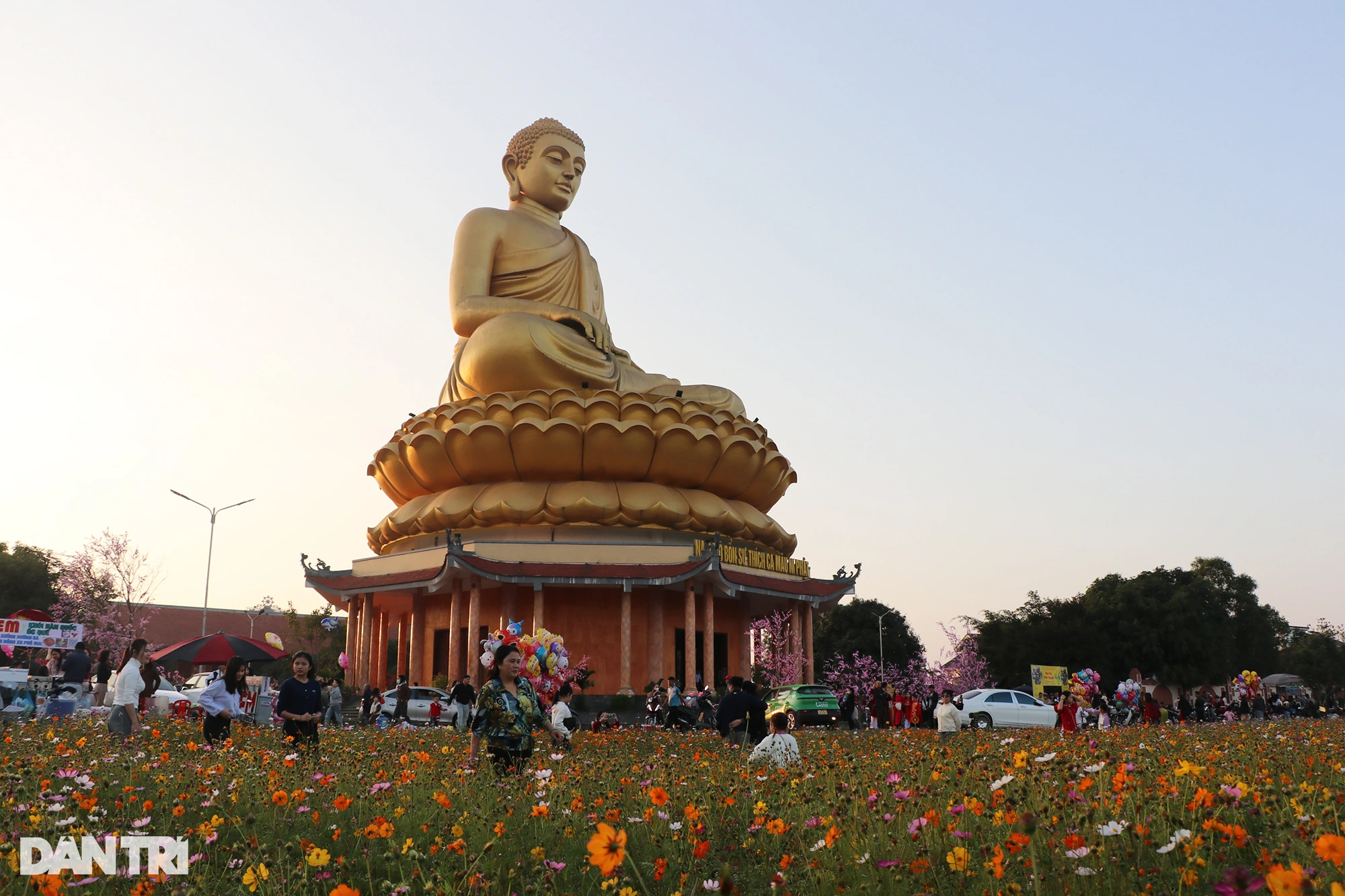
























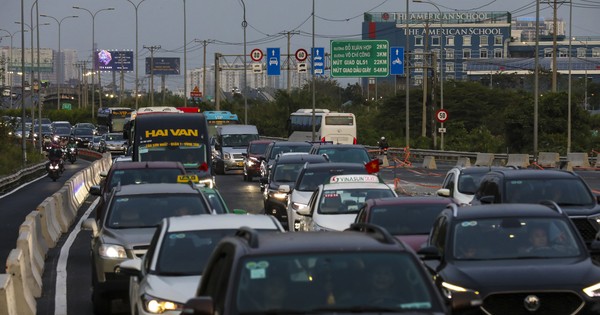

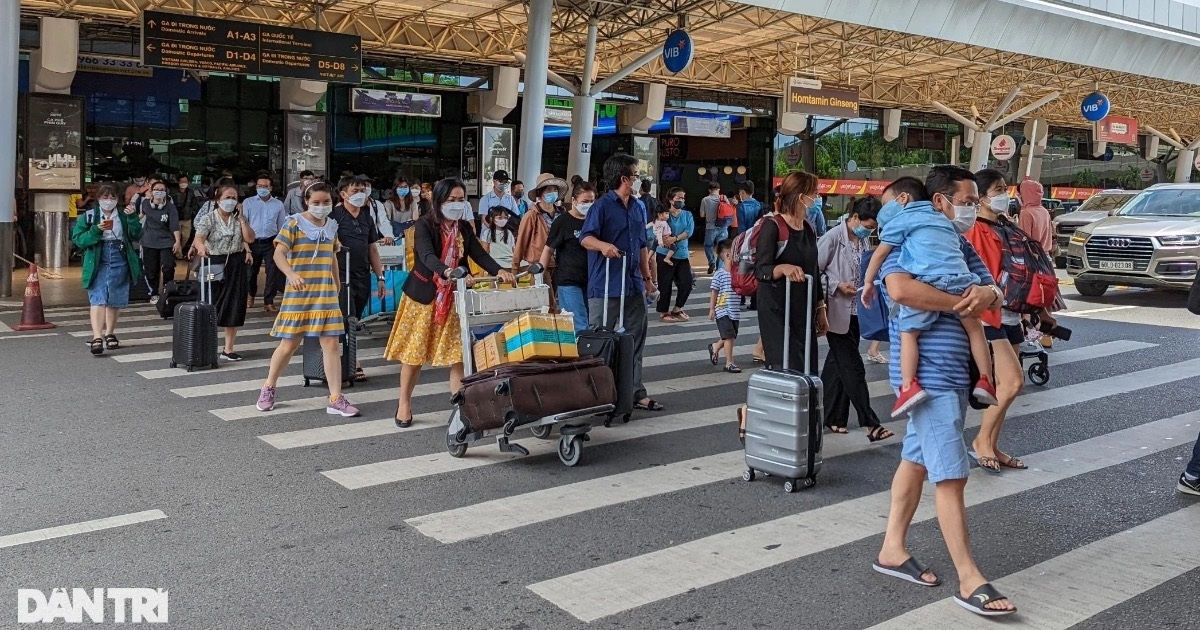



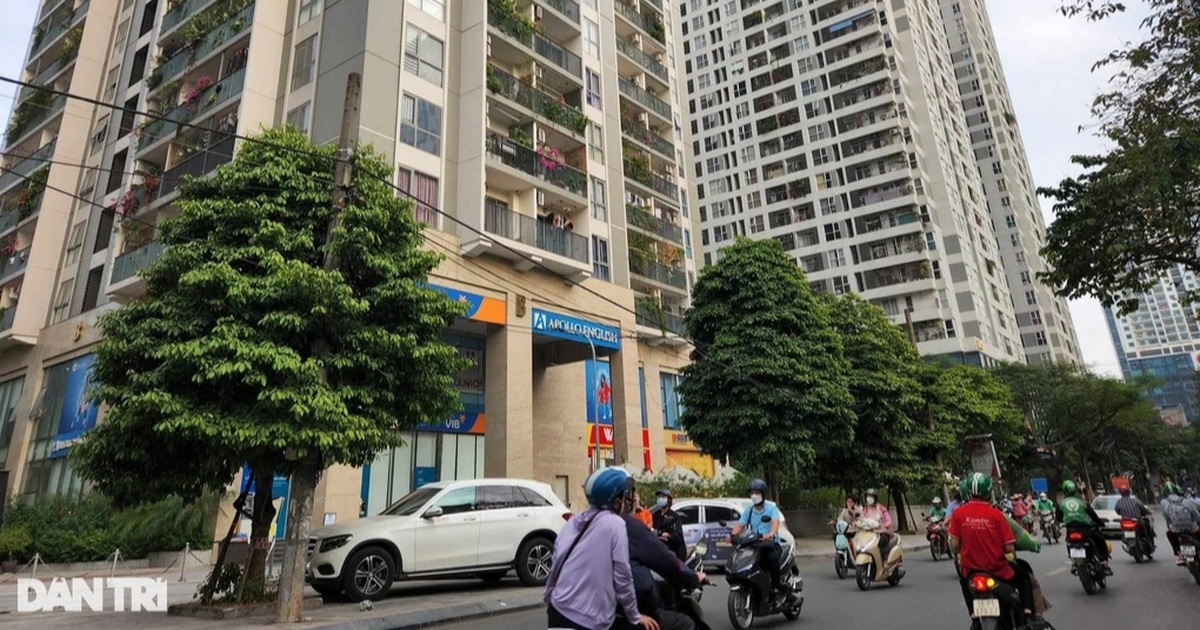


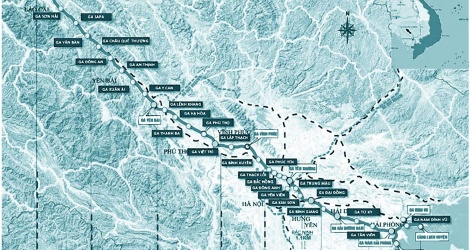




















Comment (0)